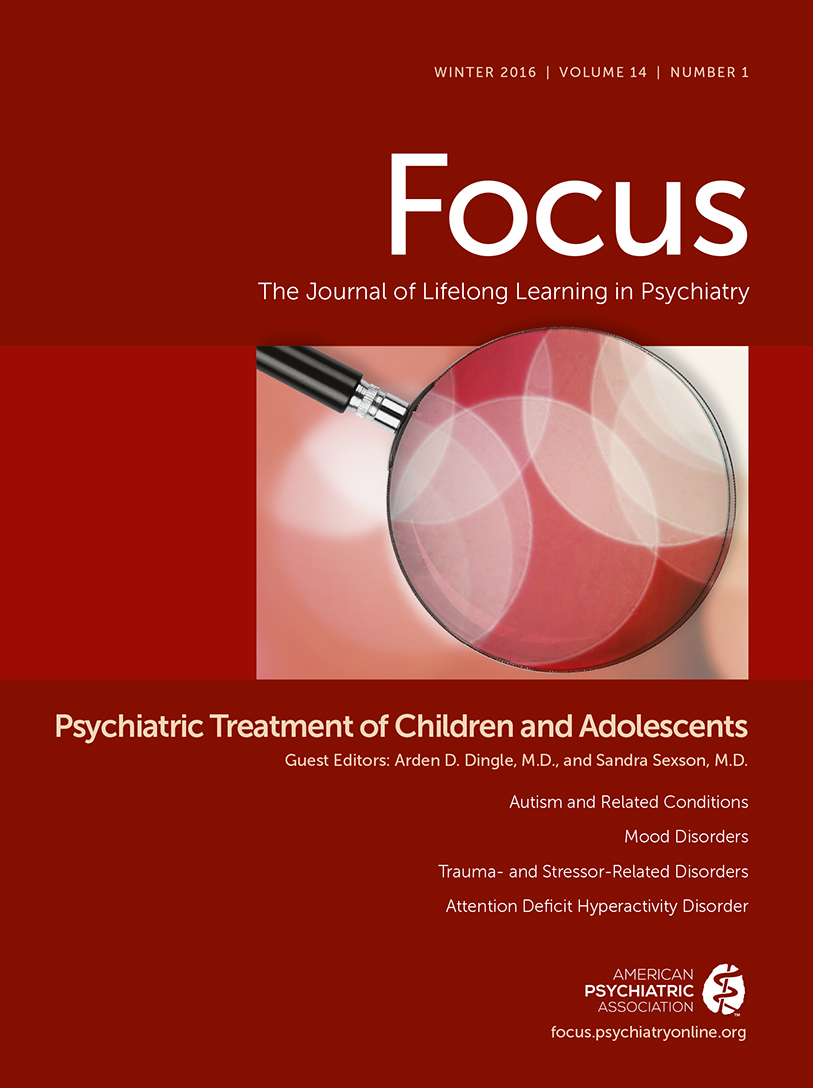How to Understand Divergent Views on Bipolar Disorder in Youth
Abstract
There are two divergent viewpoints on the phenomenology and outcome of bipolar I (BP I) disorder in youth. Disparities evolved as unintended consequences from investigators’ inconsistencies both in translating the Diagnostic and Statistical Manual of Mental Disorders (DSM)-III, DSM-III-R, and DSM-IV criteria and in operationalizing them differently in their standardized assessments. Rates of conservatively diagnosed BP I are lower both in community studies of youths than in adults and from liberally defined BP I in youths. Rates of co-occurring attention-deficit hyperactivity disorder (ADHD) are lower in conservatively than liberally defined children and adolescents with BP I. Rates of both BP I and of ADHD are lower in off-spring of BP I probands, and outcome more closely approximates that of adults with BP I in conservatively versus liberally defined children and teens with BP I. Both perspectives can claim evidence for reliability and validity that support their positions. However, the samples are so different that it is difficult to compare studies conducted from these different perspectives.
(Reprinted from Annual Review of Clinical Psychology 2014; 10:529–551, with permission from Annual Reviews)



